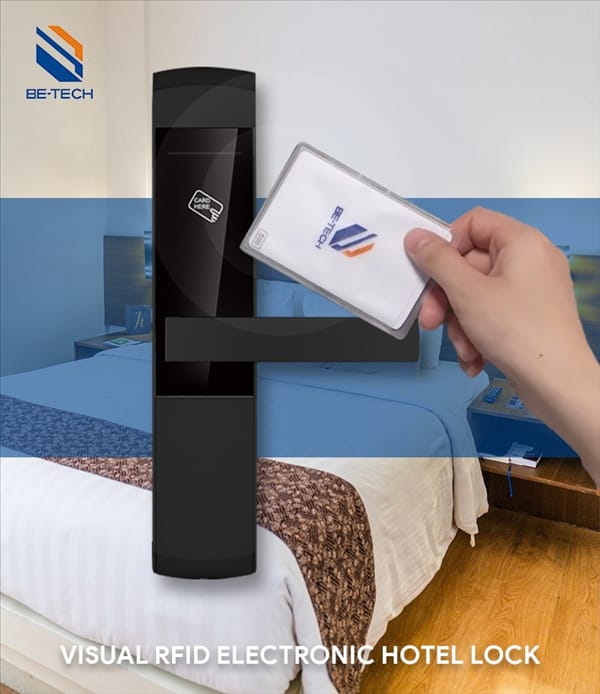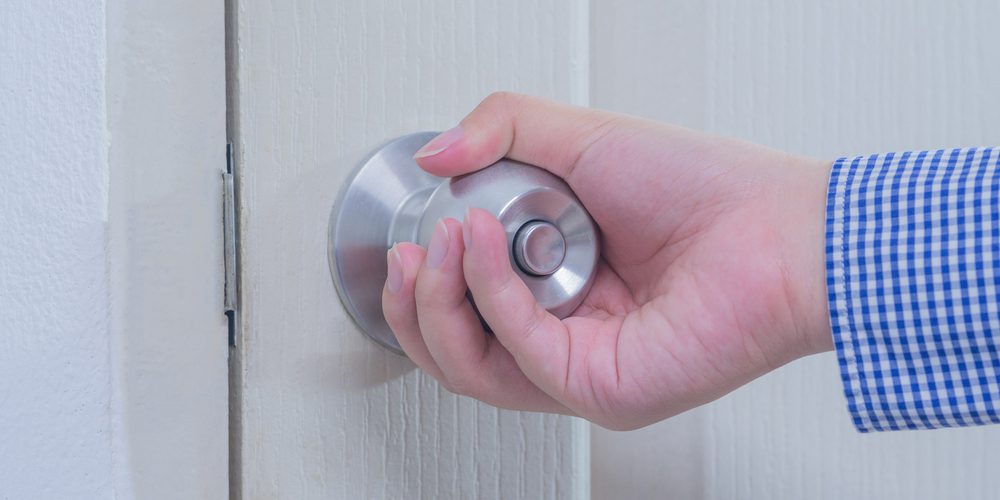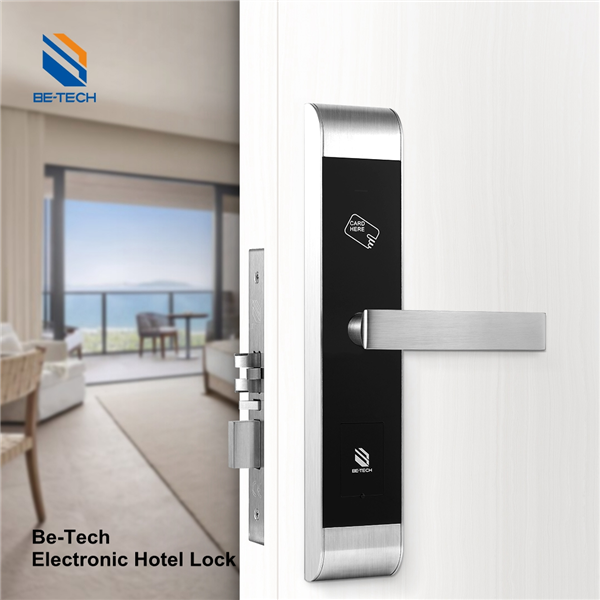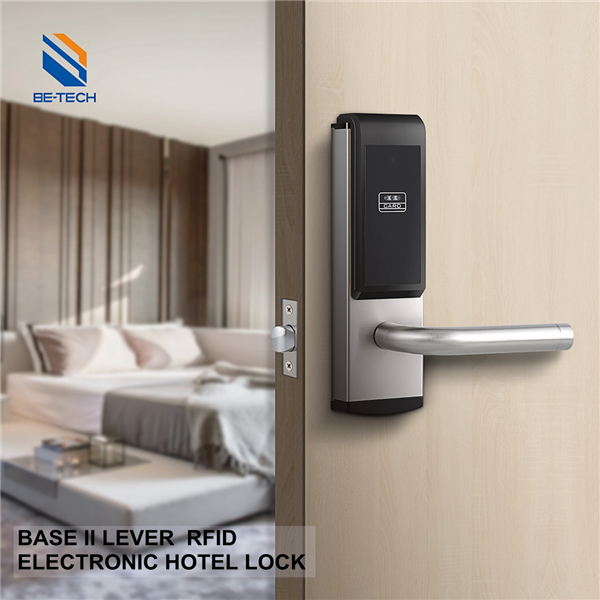As a hotel owner or manager, the security and convenience of your guests is a top priority. One of the most critical components in ensuring a safe and seamless experience is the humble hotel door lock. But with so many options on the market and potential issues that can arise, navigating the world of hotel locks can be a daunting task.
In this comprehensive guide, we’ll demystify the complexities of hotel door locks, exploring their types, features, maintenance tips, and troubleshooting techniques. Whether you’re looking to upgrade your existing system or simply want to ensure your current locks are functioning optimally, this article will provide the insights you need to make informed decisions and keep your guests secure and satisfied.
Understanding the Causes of Jammed Doors
Before we dive into the solutions, it’s essential to understand the various factors that can contribute to a jammed door. By identifying the underlying cause, you can better address the problem and prevent future occurrences.
1. Environmental Factors
Hotels operate in diverse climates and conditions, which can significantly impact door functionality. High humidity, temperature fluctuations, and exposure to the elements can cause door frames and components to expand, contract, or warp over time.
2. Wear and Tear
With constant use, door hardware and mechanisms are subject to wear and tear. Hinges can become loose, locks can malfunction, and weatherstripping can deteriorate, leading to misalignment and jamming issues.
3. Improper Installation or Maintenance
Doors that are not installed correctly or maintained regularly are more prone to jamming. Misaligned frames, improperly adjusted hardware, and lack of lubrication can all contribute to door malfunctions.
4. Obstructions and Debris
Sometimes, the culprit behind a jammed door is as simple as an obstruction or debris buildup. Objects wedged between the door and frame, or dirt and grime accumulation in the locking mechanism, can prevent smooth operation.
Step-by-Step Solutions for Unjamming Hotel Doors
Now that we’ve explored the potential causes, let’s dive into practical solutions to help you resolve jammed door issues in your hotel.
1. Inspect and Identify the Root Cause
The first step in resolving a jammed door is to conduct a thorough inspection. Carefully examine the door, frame, hinges, locks, and surrounding area to identify the root cause of the issue. Look for signs of warping, misalignment, obstructions, or wear and tear.
2. Remove Obstructions and Debris
If you notice any objects wedged between the door and frame or debris buildup in the locking mechanism, carefully remove them using appropriate tools. Avoid forcing the door open, as this can cause further damage.
3. Lubricate Moving Parts
Lubricating the moving parts of the door, such as hinges and locks, can often resolve jamming issues caused by friction or lack of maintenance. Use a high-quality lubricant designed for door hardware and follow the manufacturer’s instructions.
4. Adjust and Realign Components
If the door frame or hardware components are misaligned, you may need to adjust or realign them. This process can be complex and may require the assistance of a professional locksmith or door technician, especially for electronic or biometric locking systems.
5. Replace Worn or Damaged Parts
In some cases, the root cause of a jammed door may be worn or damaged components, such as hinges, locks, or weatherstripping. If these parts cannot be repaired or adjusted, it may be necessary to replace them with new, high-quality components.
6. Consider Upgrading to Smart Door Lock Solutions
For hotels looking to minimize the risk of jammed doors and enhance guest convenience, upgrading to smart door lock solutions can be a game-changer. Advanced systems like Be-tech’s TTlock smart locks offer features such as remote access control, real-time monitoring, and automated maintenance alerts, ensuring optimal door performance and security.
Preventive Maintenance: Keeping Doors Functioning Smoothly
While resolving jammed doors is crucial, implementing a proactive preventive maintenance program can help minimize the occurrence of these issues in the first place. Here are some best practices to consider:
1. Regular Inspections and Lubrication
Establish a routine schedule for inspecting door hardware, frames, and mechanisms. Lubricate moving parts and tighten any loose components to ensure smooth operation.
2. Weatherstripping Replacement
Regularly replace worn or damaged weatherstripping to maintain proper sealing and prevent warping or misalignment caused by environmental factors.
3. Staff Training
Educate your staff on proper door operation and maintenance procedures. Encourage them to report any issues or concerns promptly to facilitate timely repairs or adjustments.
4. Vendor Partnerships
Develop strong partnerships with reputable door hardware vendors and service providers. Their expertise and access to high-quality replacement parts can streamline maintenance and repair processes.
5. Upgrade to Cutting-Edge Solutions
Stay informed about the latest advancements in door lock technology and consider upgrading to cutting-edge solutions that offer enhanced security, convenience, and maintenance capabilities, such as Be-tech’s MJM Access Control System.
Types of Hotel Door Locks
When it comes to hotel door locks, there are several main types to consider:
- Traditional Key Locks: These classic locks use a physical key to unlock the door. While they are simple and affordable, they can be less secure and require more maintenance.
- Magnetic Stripe Locks: These locks use a magnetic key card to unlock the door. They offer more security than traditional keys but can be prone to demagnetization.
- RFID Locks: Using radio-frequency identification technology, these locks allow guests to unlock their door with a proximity card or fob. They are more secure and convenient than magnetic stripe locks.
- Smart Locks: The latest innovation in hotel door locks, smart locks allow guests to unlock their door using their smartphone or a mobile key. They offer the ultimate in convenience and security.
When choosing a hotel door lock system, consider factors such as security level, ease of use, integration with your property management system, and cost. Reputable manufacturers like Be-tech Locks offer a range of options to suit various hotel needs and budgets.
Features to Look for in Hotel Door Locks
Beyond the basic locking mechanism, modern hotel door locks offer a range of features to enhance security and convenience. Some key features to consider include:
- Audit Trail: Look for locks that record a detailed audit trail of all access events, allowing you to monitor and investigate any security issues.
- Keyless Entry: Locks that offer keyless entry options, such as mobile keys or PIN codes, provide added convenience for guests and reduce the risk of lost or stolen keys.
- Remote Management: Some advanced lock systems allow you to manage access rights and monitor lock status remotely, streamlining your operations.
- Integration with PMS: Ensure your chosen lock system can integrate seamlessly with your property management system for smooth guest check-in and check-out.
- Battery Backup: Opt for locks with a reliable battery backup to ensure they continue functioning during power outages.
Maintaining and Troubleshooting Hotel Door Locks
Regular maintenance is crucial to keep your hotel door locks functioning smoothly and securely. Some key maintenance tips include:
- Battery Replacement: Check and replace lock batteries regularly to prevent unexpected failures.
- Cleaning: Clean the lock exterior and card reader regularly to prevent dirt and debris buildup that can cause malfunctions.
- Software Updates: Ensure your lock software is updated regularly to patch any security vulnerabilities and access new features.
- Professional Inspection: Schedule regular professional inspections to identify and address any potential issues before they cause guest disruption.
Despite regular maintenance, hotel door locks can sometimes experience issues such as jammed locks or malfunctioning card readers. Some troubleshooting tips include:
- Check the battery and replace if necessary
- Clean the card reader slot to remove any obstructions
- Ensure the door is properly aligned and not obstructed
- Check for any visible damage to the lock or door
- Contact professional support if the issue persists

Conclusion
Hotel door locks play a critical role in ensuring guest safety and satisfaction. By understanding the different types of locks available, key features to look for, and best practices for maintenance and troubleshooting, you can make informed decisions to optimize your hotel’s security and operations.
Investing in high-quality, reliable hotel door locks from trusted manufacturers like Be-tech Locks not only enhances your guests’ experience but also provides long-term cost savings and peace of mind. With the right lock system in place and a commitment to regular upkeep, you can create a secure and welcoming environment that keeps guests coming back time and again.









